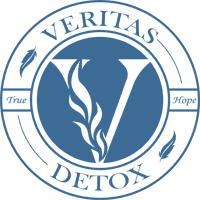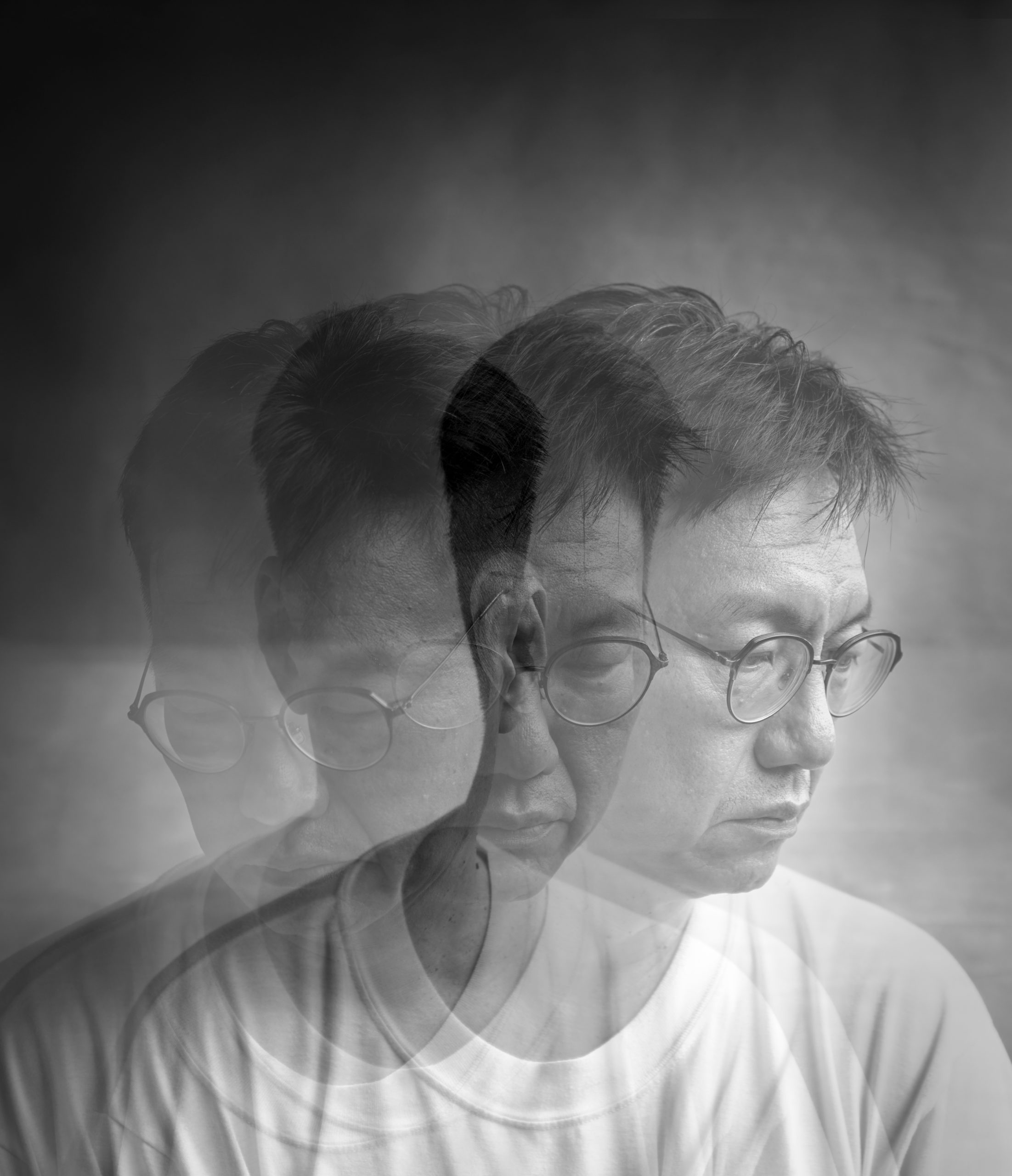Throughout the past decade, the term bipolar disorder has been popularized, causing many people to misinterpret and misunderstand this serious condition.
Contrary to popular belief, bipolar disorder is a serious mental health condition that can last for months at a time.
But is that all there is to bipolar disorders? And are there different types of bipolar disorder?
Let’s have a look!
What Are Bipolar Disorders
An individual with bipolar disorder experiences extreme mood swings as well as lows and highs emotionally.
The extremes are associated with manic episodes of high energy and low episodes of depression.
Manic and Depressive episodes
The best way to understand bipolar disorders is by familiarizing yourself with both ends of the episodic extremes. Symptoms of mania and depression are on opposite ends of the emotional spectrum.
Maniac symptoms are characterized by excessive energy and excitement, while depressive symptoms are characterized by low energy and sadness.
Symptoms of Manic Episodes
Different types of bipolar manic symptoms include:
- Abnormal levels of wired and upbeat energy
- Agitation and the need for increased activity
- An exaggerated sense of well-being and self-confidence
- Restlessness and lack of sleep
- Racing thoughts and being easily distracted
Symptoms of Depressive Episodes
Different types of bipolar depression symptoms include:
- Being sad, hopeless, and joyless
- Loss of interest on things
- Emotional numbness
- Drastic changes in weight and appetite
- Sleep imbalances
- Loss of energy
- Inability to think or focus
- Suicidal thoughts
Types of Bipolar Disorder
The four main types of bipolar disorder are as follows:
- Bipolar I disorder: It is the most common of the different types of bipolar disorder. Patients fall into this category when they’ve had at least one or more manic episodes that last for at least one week. In addition, the episodes that the patient experiences are so severe that hospital care is needed.
- Bipolar II disorder: The second category involves different types of bipolar depression symptoms as well as hypomanic episodes. However, the episodes tend to be less severe than the maniac episodes of those in the first category.
- Cyclothymic disorder: Like the others, this category is also defined by different types of bipolar depression and hypomanic symptoms; unlike the others, the symptoms are not intense or persistent long enough to be considered episodes.
- Other types of disorders: This category includes any bipolar disorder that doesn’t fit within the previous three categories but still involves unusual maniac moods such as those related to alcohol and drug use.
Dual Diagnosis
A dual diagnosis occurs when a patient is suffering from addiction and a co-occurring mental health disorder.
Co-occurring disorders tend to exacerbate each other making it difficult for the patient to get well without treating both conditions at the same time.
Bipolar disorders can co-occur with addiction. In fact, both conditions are closely related.
A study carried out shows that 61% of bipolar type I disorder patients had a lifetime use of drugs or an alcohol disorder. Addiction can aggravate different types of bipolar depression placing the life of the patient at risk.
How To Get Help
If you or someone you love is suffering from both addiction and bipolar disorder then it’s critical to seek professional help.
Bipolar disorders and addiction can exacerbate each other making it extremely challenging for an addict to get well on their own.
Veritas Detox offers dual-diagnosis treatments to all of our patients. We treat addiction and mental health disorders at their core with holistic treatments that can help you or your loved ones get better.
Contact Veritas Detox today and ask one of our admission experts how to get the help you and your loved ones deserve.



